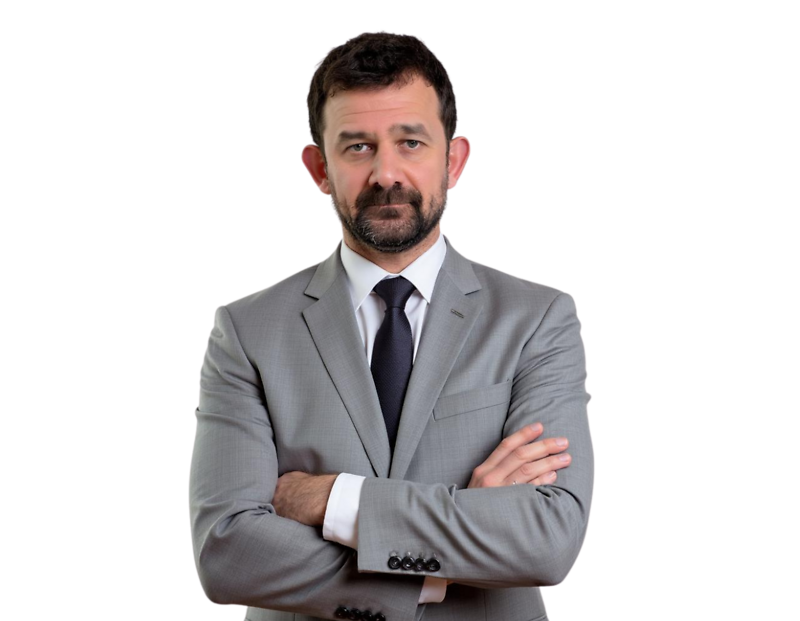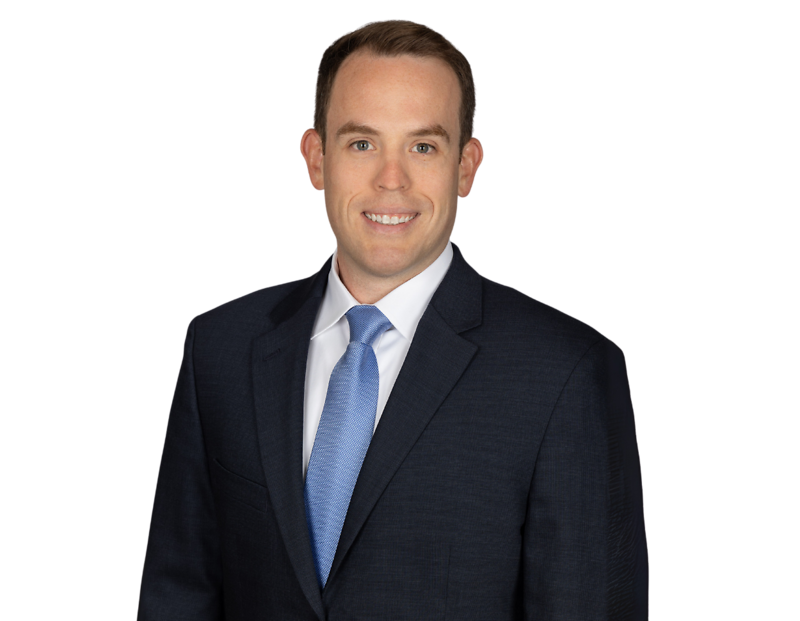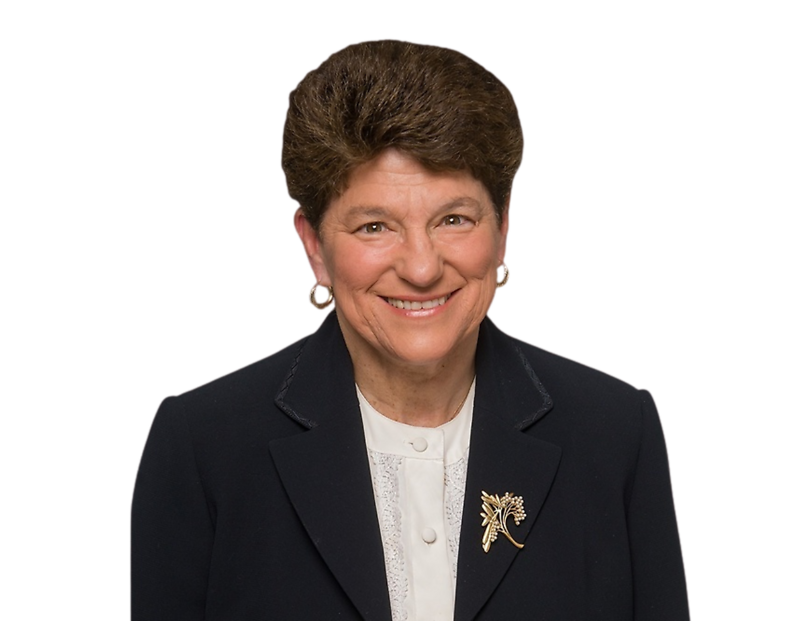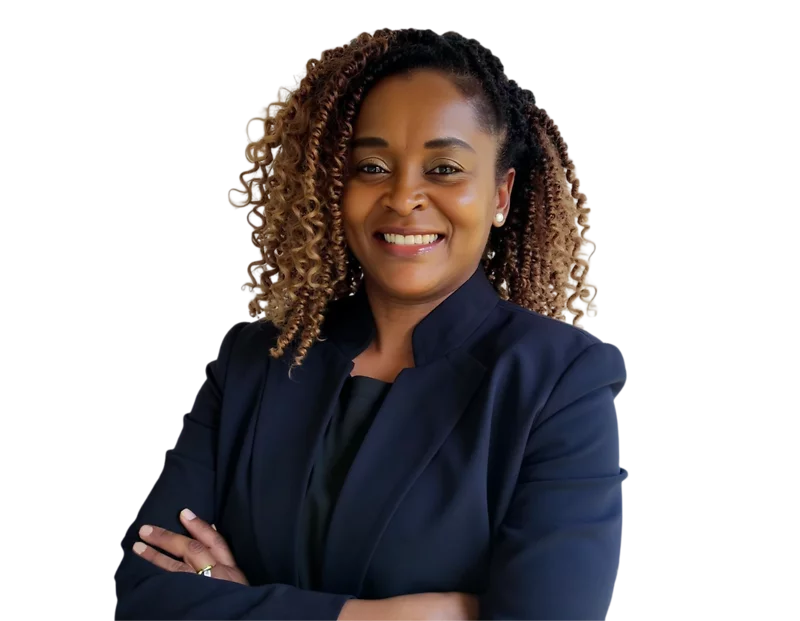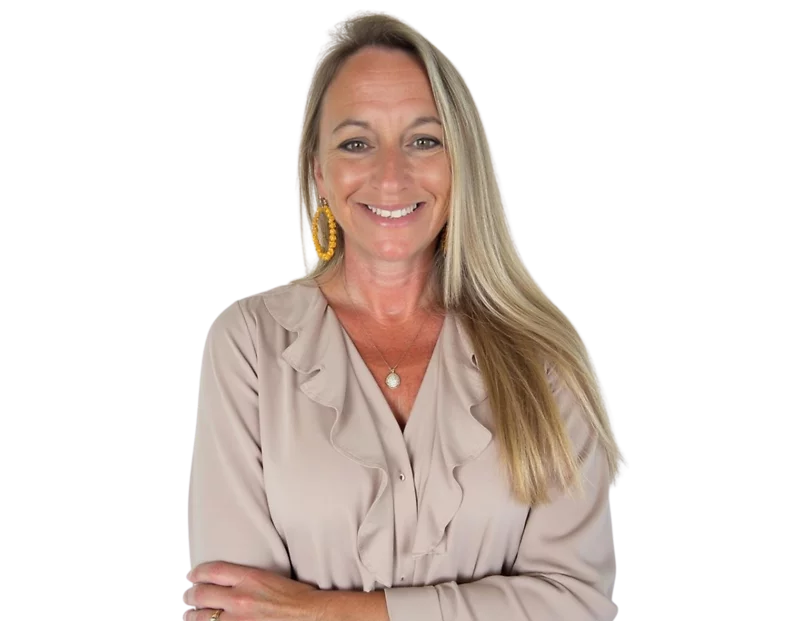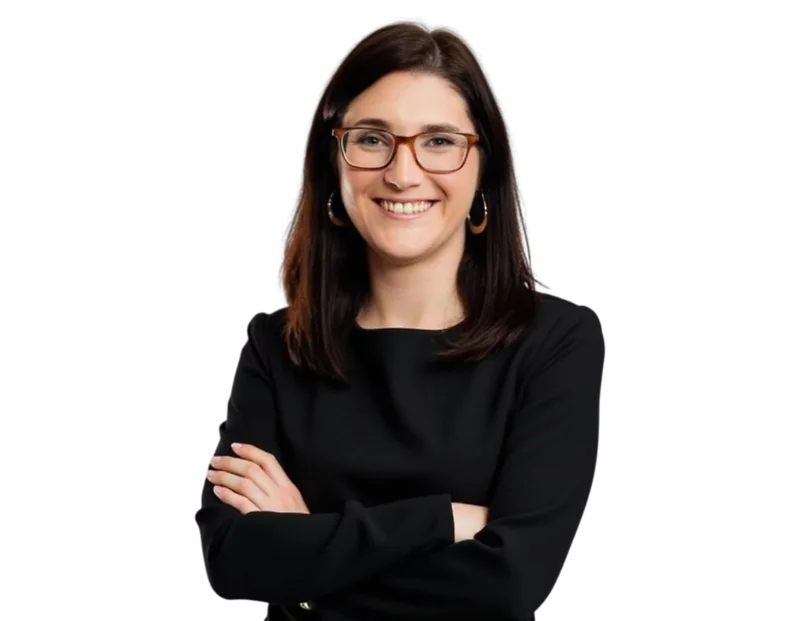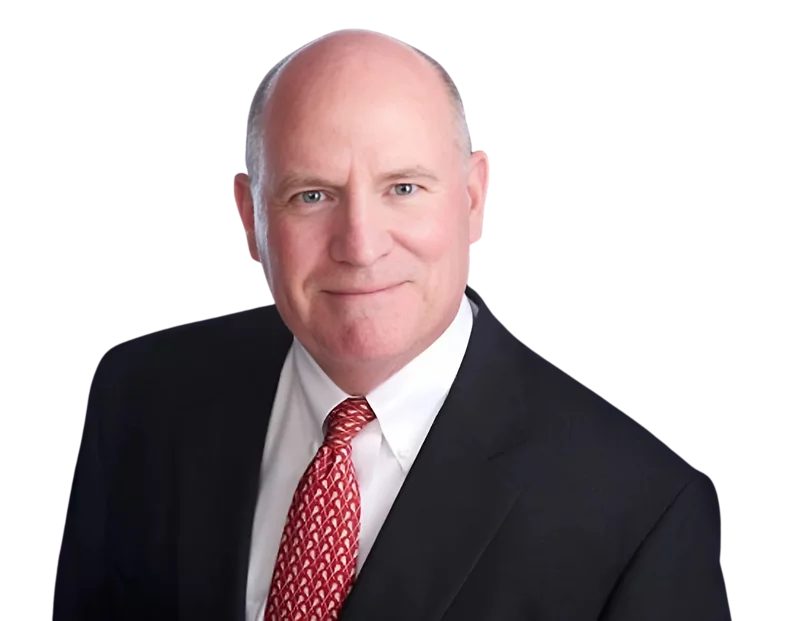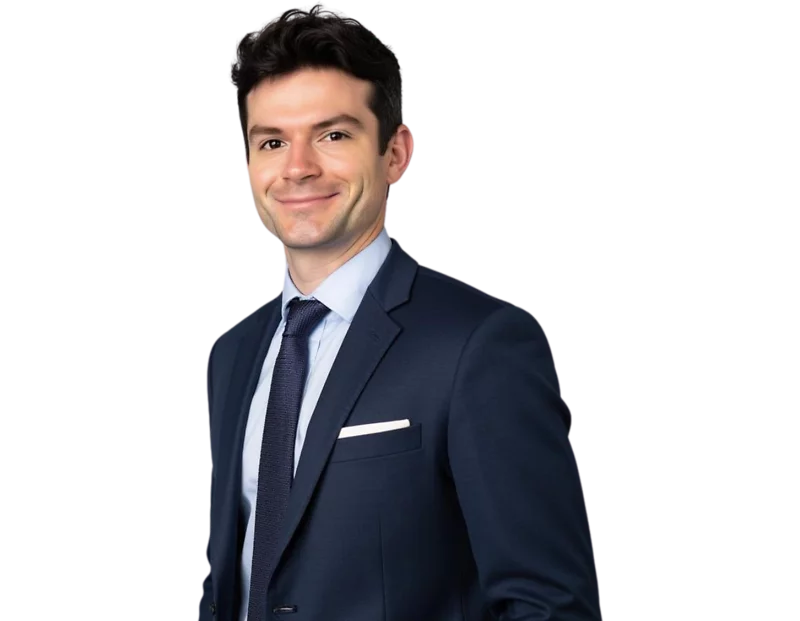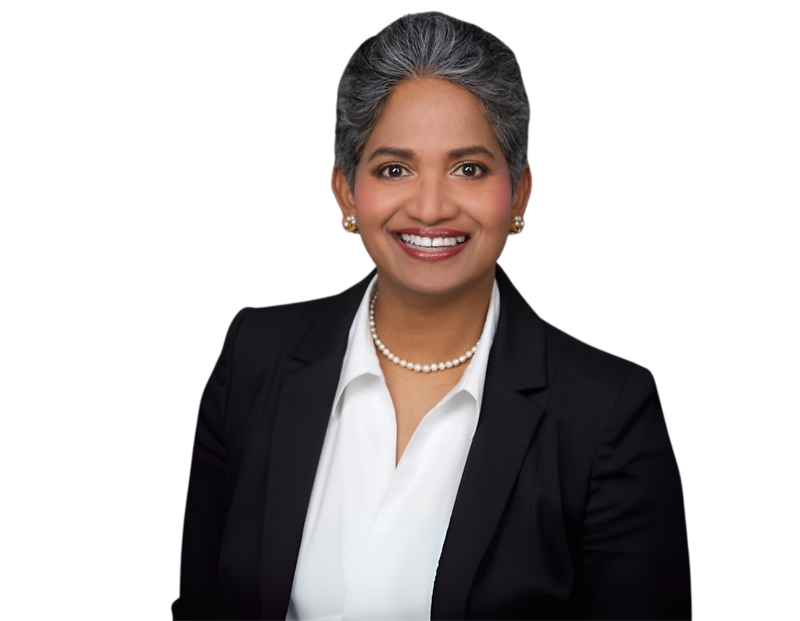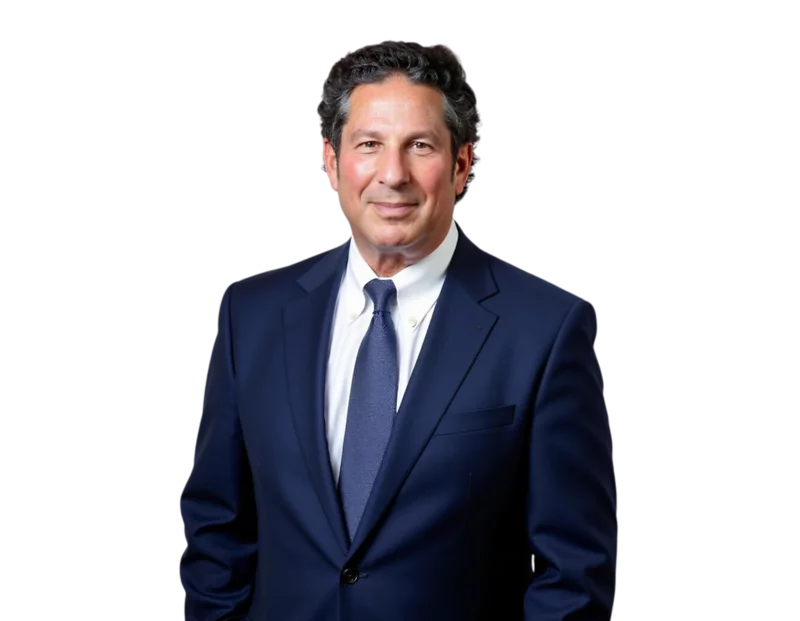EDITOR’S NOTE: This article initially appeared in Sports Business Journal. Constangy represents the National Collegiate Athletic Association in Johnson v. NCAA, where student athletes allege they should be considered employees for purposes of the Fair Labor Standards Act and state analogs.
In a February 2024 decision, a National Labor Relations Board Regional Director held that Dartmouth College men’s basketball players were “employees” for purposes of the National Labor Relations Act and entitled to unionize. In March 2024, the team voted 13-2 to form a union, the same day that Dartmouth appealed the decision. There has been much commentary on what this means for college sports. A more level-headed approach is needed.
Case status
A final determination on this case is likely to be years away. With the team’s season over, the issue is slightly less pressing. The ball is in the court of the players’ designated representative, the Service Employees International Union, Local 560, which has no history of sports-related negotiations. It must demand that Dartmouth negotiate the terms and conditions of the players’ “employment,” as required by the NLRA. Dartmouth has announced that it will not recognize or negotiate with the union, which will force the union to file unfair labor practice charges with the NLRB.
An administrative law judge would adjudicate the unfair labor practice charges, the decision would then be appealed to the NLRB, and the unsuccessful party could seek review by a U.S. Court of Appeal.
The NLRB’s current review of the Regional Director decision saying that the players are “employees” may take some time. Its decision in Northwestern, where it declined to exercise jurisdiction over the school’s football student athletes, took 16 months. If the NLRB affirms the Dartmouth Regional Director decision, it would compel Dartmouth to bargain or face an unfair labor practice charge, a process that may already be under way by then.
Scope of the decision
Although the NCAA has 1,101 member institutions across three Divisions, this decision is likely to affect only a few of them. The focus is on the 352 Division I members, but a significant majority of them are either public institutions or private schools with religious affiliations. The public schools are outside the scope of the NLRA, and the NLRB held in a 2020 case that it had no jurisdiction over faculty at religious institutions. If that decision is extended to student athletes, it would leave only a few dozen private non-sectarian colleges over which the NLRB has jurisdiction – and only a handful of those have big-time college football and basketball programs.
Possible ramifications
Despite the uncertainty, let’s assume that the Dartmouth decision, combined with the various other litigation pending against the NCAA and its members, helps usher in a structure whereby Division I student-athletes are considered employees under federal and state laws. What then?
- Wages and taxes. Based on the value of some deals for using student-athlete name, image and likeness, or “NIL,” a few elite student-athletes could possibly demand salaries of several hundred thousand to more than a million dollars. However, the majority would be likely to receive the minimum wage or just above, like other student workers on college campuses. Further, the decision was based partly on the finding that Dartmouth’s men’s basketball players received compensation in the form of gear and equipment, apparel, tickets, travel, lodging, meals, academic support, counseling, facilities, medical treatment and coaching. Based on this reasoning, Division I student athletes may already be receiving more than $100,000 in in-kind, taxable “compensation,” placing them in the 22 percent tax bracket – meaning they would pay approximately $22,000 a year to play college sports.
- Soul searching. Colleges are evaluating the role of athletics within their academic mission and where they want to be when the dust settles. The largest would be expected to bid competitively for student athletes’ services. Other Division I tiers may reduce their involvement in athletics, including by cutting some sports, reducing them to club status and loosening their control over student athletes, which might relieve them of an employer-employee designation.
- Division division. The president of the NCAA has already proposed a new Division I tier where schools could compensate student athletes for using their NIL. Classifying student athletes as employees would accelerate this bifurcation between the haves and have-nots, or the “want to” and “don’t want to.”
- Non-statutory labor exemption. Decades of litigation between professional sports leagues and players helped establish that restraints agreed upon by competitors in a labor market (in other words, teams) are exempt from antitrust scrutiny so long as they are negotiated with a union. This tension is the underpinning of American professional sports operations and the use of salary caps, drafts, and free agency restrictions, among other rules. The NCAA and its members are facing numerous antitrust challenges concerning their collective rules restricting compensation for student athletes. Although the exemption cannot resolve past issues, it can immunize any restrictions moving forward if negotiated with the student athletes.
- Reduced expenditures. Although competition for elite head coaches may be too fierce to result in decreased compensation, colleges would be likely to spend less on assistant coaches, administrators, and facilities to offset compensation to student athletes.
- Title IX. Title IX requires that female and male student athletes receive athletic scholarship dollars proportional to their participation, and equal treatment regarding facilities, equipment and other administrative services. Schools must continue to comply with Title IX, even if student athletes are designated as employees. But with employee status, the analysis would shift to the anti-discrimination laws that apply in the employment context, such as Title VII. Additionally, Title IX requires schools to provide “equal athletic opportunity” to both sexes, sometimes requiring that they be treated unequally to expand athletic opportunities for women and correct past disparities. But it is not clear that this can easily be reconciled with Title VII. If not, schools could be placed in an impossible bind that may be avoided only by eliminating some sports.
The Dartmouth decision is undoubtedly an important one. But it is just one piece in a larger puzzle concerning the direction of college athletics. It is important to fully and fairly understand the possible implications of any future changes.
- Senior Counsel
He represents and advises businesses on a broad range of labor and employment matters, including discrimination complaints, wage and hour claims, class actions, employment agreements, restrictive covenants, data privacy ...
This is Constangy’s flagship law blog, founded in 2010 by Robin Shea, who is chief legal editor and a regular contributor. This nationally recognized blog also features posts from other Constangy attorneys in the areas of immigration, labor relations, and sports law, keeping HR professionals and employers informed about the latest legal trends.

